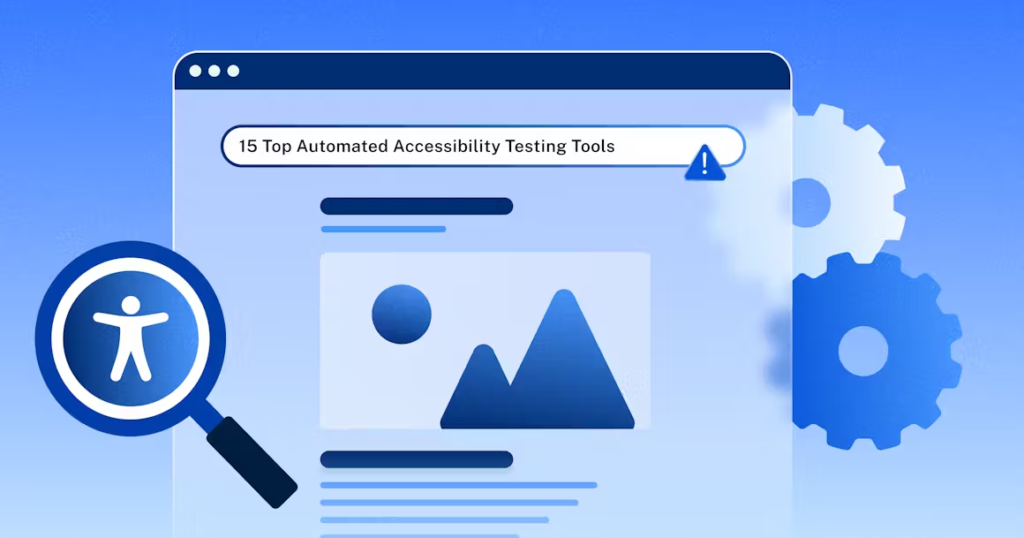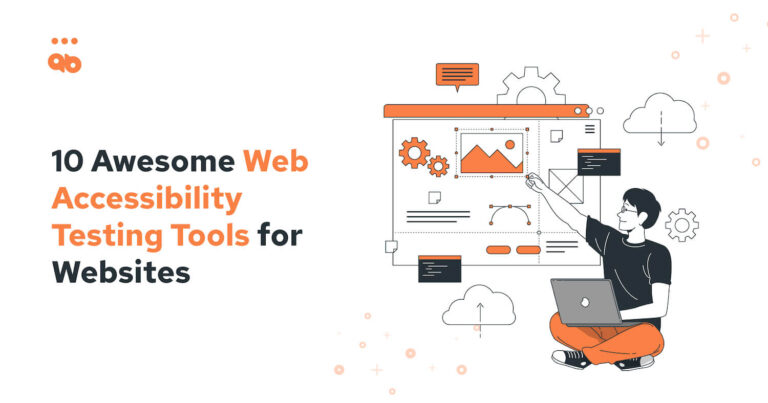In the modern digital era where accessibility should apply to all types of users cannot be solely labelled as best practices anymore, as most regions require it by law. There have been several accessibility testing tools over the last couple of years that have become inseparable partners as developers, designers and organizations work to ensure that their digital spaces are welcoming to all their users without any discrimination. Some of the common benefits they offer are as follows:
Automated detection of issues
Among the great strengths of accessibility testing tools is their identification of accessibility mistakes. These tools can easily instruct web pages and applications about what does not suit accessibility norms, such as the Web Content Accessibility Guidelines (WCAG). This helps developers tremendously, especially on their tedious tasks of inspection that should be physically done and is, therefore, time and effort-consuming.

Efficiency in testing
Using tools for accessibility testing aids in speeding up and standardizing testing procedures, making it more efficient and precise. Manual assessment is limited to taking time and is an error-prone process. These tools provide a much better way by giving a systematic approach to testing. This diverse set of requirements for using accessible web technologies includes contrasting colors, direct keyboard navigation, alternative text for images, etc. This holistic scenario grants the developers a chance to simultaneously rectify various accessibility flaws, thus resulting in an ultimate product that is robust and comprehensible by different users.
Guidance and suggestions
Accessibility testing tools often do not only show issues, they also make recommendations and suggestions for improvement. This tool not only detects accessibility blockages but also provides feedback on those obstacles to correct the problem. It enables developers; even without a basic understanding of accessibility standards, to catch up on the same.
Enhanced user experience
Direct accessibility of the testing tools between users and digital systems leads to the highest user experience for each individual across this digital platform. When websites and apps, that are built with accessibility as the priority, become more familiar and accessible for everyone because no matter what are their abilities or disabilities, users will enjoy a pleasurable surfing experience. Attributes including up-to-date components, apparent links, and well-organized content, make extravagant website design comfortable for all users. This creates a favorable environment overall.

Cost savings
Accessibility testing tools are very much resourceful in terms of costs in the future. Early in the design process, the best way to solve accessibility problems is to identify and address them and not wait for retrofits or legal actions to save isolated instances. Decision on the accessibility from the start lessens the chance of having to build the sections of the website or an application later when the process is already underway.
Accessibility testing tools perform such primary functions as they ensure that the universe of human digital presence is available to all people, including those with disabilities. Through the testing procedure improvement, user interface improvement, the confirmation of legal compliance, and the lowering of costs in the long run,tools for accessibility testing are important for digital equality. As the technology industry keeps pushing boundaries, these tools will become increasingly vital in the effort to develop a digital environment that is more accessible and equal for everyone,

